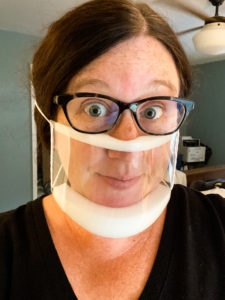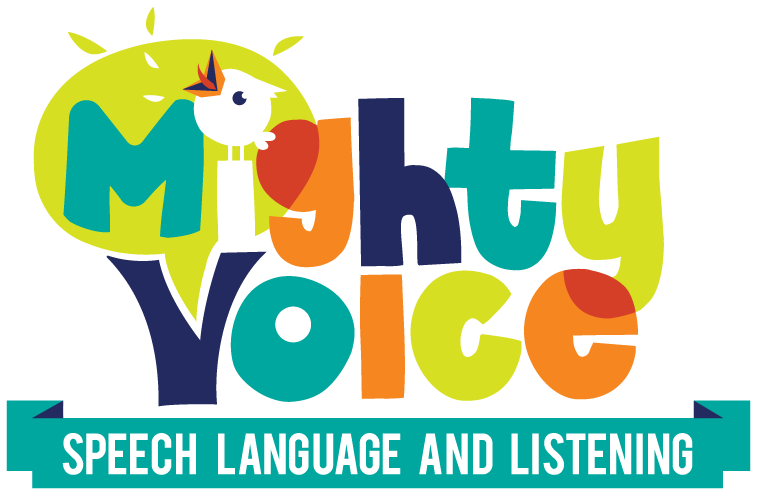If you work with students who are deaf or hard of hearing and use speaking and listening, you know that good auditory access is so important. We do everything we can to give them the best access. We make sure their devices are programmed optimally, we think about seating choices and remote microphone technology…but something new we’re contending with is face coverings. How do we optimize auditory access when we also need to cover the sound source to keep everyone safe?
My friends, it’s the Moog Center to the rescue. They have done the work for us. They measured the effects of face coverings and remote microphones in different combinations, and their impact on speech perception.
They just put out this white paper, which describes different conditions and how they affect speech perception-a student’s ability to hear (perceive) and understand different sounds/words/etc. in the classroom.
They looked at a variety of face coverings–plain cloth masks, cloth with windows, shields, clear masks and assessed speech perception both with and without pairing the face covering with a remote microphone.
The results? Having the teacher wear a faceshield while using a remote microphone was nearly the same as baseline in terms of speech perception.
Here’s how the options did in terms of student speech perception (so #1 gave the best speech perception, and #8 the worst speech perception)
- Face shield with remote microphone
- Cloth mask with remote microphone
- Cloth mask with a clear window and a remote microphone
- Cloth mask with a clear window, no remote microphone
- Face shield, no remote microphone
- ClearMask™, no remote microphone
- Cloth mask, no remote microphone
- ClearMask™, with remote microphone
I really would encourage you to read the whole article to read more about how they assessed the options and some of their conclusions.
They noted a few conclusions that won’t surprise most of us who work with children with hearing loss–children with less developed vocabularies struggled to understand more with face coverings, and conditions will vary based on the child.

One finding that did surprise me? The clear mask (like in the picture above), paired with a remote microphone, had the worst speech perception scores. They hypothesize that the remote microphone distorted the auditory signal more with the clear mask, making it harder to understand what was being said.
Of course, this paper doesn’t tell us what’s safest in terms of avoiding COVID-19, or what to do for any particular child, but I do think it’s very helpful in helping us consider the effects of different types of face coverings, and gives us some guidance on some of the factors that might need to be assessed or adjusted for different children. The Moog Center notes in the appendix that they will be using an adjusted face shield with a cloth apron, paired with remote microphones in their classrooms.
